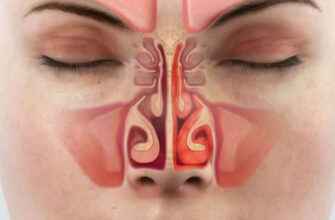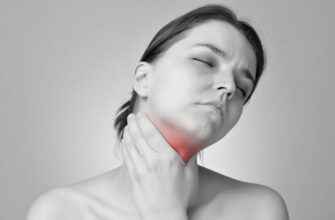Back of knee pain can be a debilitating condition that affects your mobility and quality of life. It is a common problem that can result from various causes such as injuries, overuse, and degenerative conditions. If you are experiencing back of knee pain when walking, here are ten signs that you may have it.
1. Pain that worsens with walking or running
One of the most common signs of back of knee pain is discomfort that intensifies when you walk or run. You may feel a dull ache or sharp pain in the back of your knee, which can make it challenging to complete your daily activities.
2. Swelling or tenderness in the back of the knee
In addition to pain, you may notice swelling or tenderness in the back of your knee. This can be a sign of inflammation or an injury to the tendons or ligaments that support the knee joint.
3. Stiffness or limited mobility in the knee
Back of knee pain can also cause stiffness and limited mobility in the knee joint. You may find it difficult to bend or straighten your knee fully, which can affect your ability to walk or stand for long periods.
4. Clicking or popping sounds in the knee
If you hear clicking or popping sounds when you walk or move your knee, it may be a sign of back of knee pain. This can indicate that there is damage or wear and tear in the knee joint, which can cause discomfort and reduced mobility.
5. Pain that radiates to the thigh or calf
Back of knee pain can also cause discomfort that radiates to the thigh or calf muscles. This can be a sign of nerve compression or irritation, which can cause pain and other symptoms in the surrounding areas.
6. Difficulty standing up from a sitting position
If you have back of knee pain, you may find it challenging to stand up from a sitting position. This can be due to pain or stiffness in the knee joint, which can make it difficult to bear weight on the affected leg.
7. A feeling of instability or weakness in the knee
Back of knee pain can also cause a feeling of instability or weakness in the knee joint. You may feel as if your knee is giving way or that you cannot support your weight properly, which can affect your balance and mobility.
8. Pain that persists even after rest
If your back of knee pain persists even after rest or icing, it may be a sign of a more severe condition. You may need to seek medical attention to determine the underlying cause and receive appropriate treatment.
9. Pain that is worse at night or during periods of inactivity
Back of knee pain can be more severe at night or during periods of inactivity, such as when sitting for prolonged periods. This can be a sign of an inflammatory condition, such as arthritis, which can cause pain and stiffness in the knee joint.
10. A history of knee injuries or overuse
If you have a history of knee injuries or overuse, you may be at a higher risk of developing back of knee pain. This can be due to wear and tear on the knee joint, which can cause inflammation and discomfort over time.
Conclusion
In conclusion, back of knee pain can be a challenging condition to live with, but it is treatable with the right diagnosis and management. If you are experiencing any of these ten signs, it is essential to seek medical attention and work with a healthcare professional to determine the underlying cause of your pain. Treatment options may include physical therapy, medications, and in severe cases, surgery.
In addition to seeking medical treatment, there are also some self-care measures you can take to manage your back of knee pain. These include rest, ice, compression, and elevation (RICE), as well as gentle stretching exercises to improve flexibility and reduce stiffness.
It is important to remember that back of knee pain can affect people of all ages and activity levels. Whether you are an athlete or a sedentary individual, taking steps to prevent and manage back of knee pain can help you maintain your mobility and quality of life. This may include maintaining a healthy weight, wearing supportive footwear, and engaging in low-impact exercise such as swimming or cycling.
Overall, if you are experiencing back of knee pain when walking, it is important to pay attention to these ten signs and seek medical attention if necessary. With the right diagnosis and management, you can manage your symptoms and regain your mobility and quality of life.











